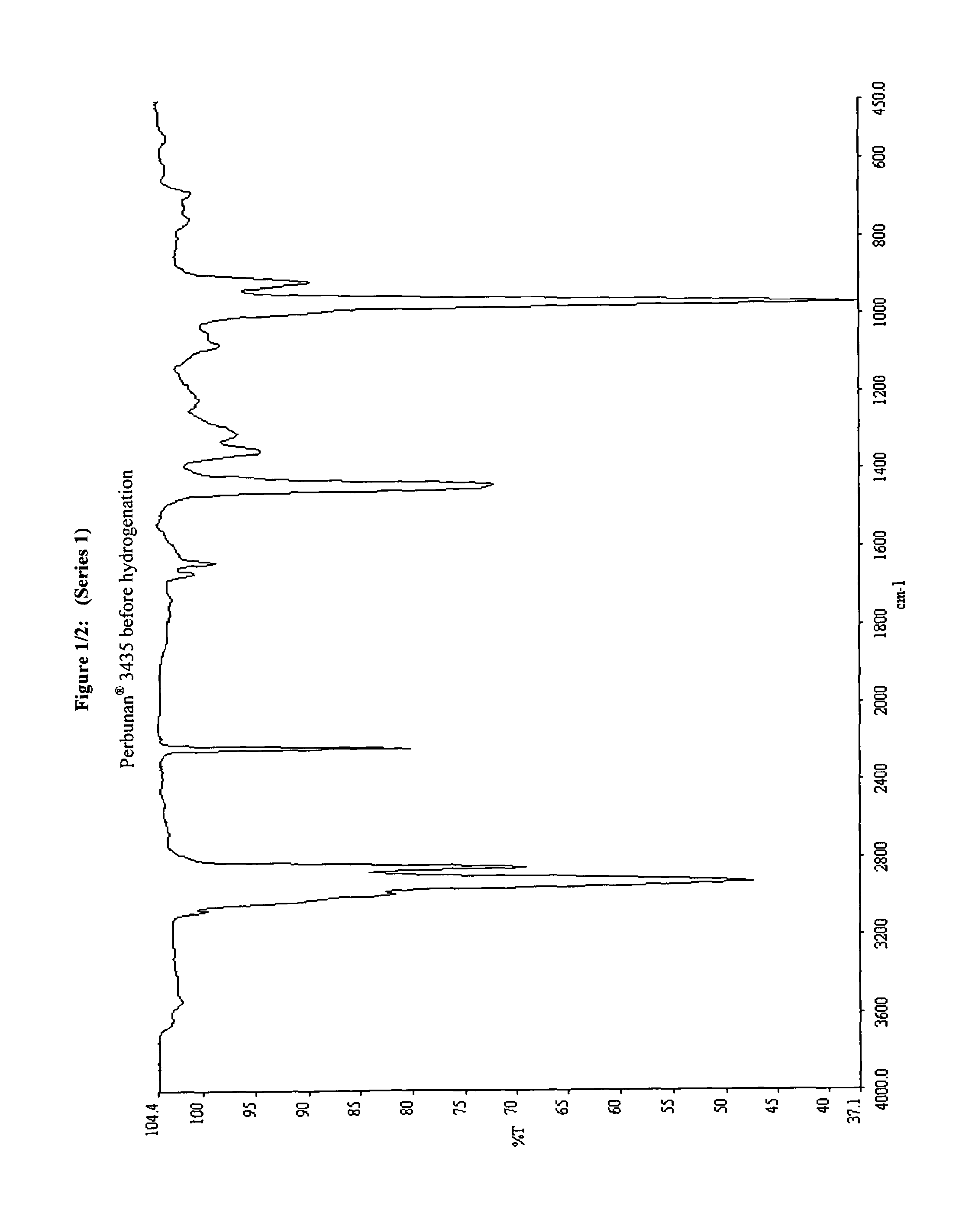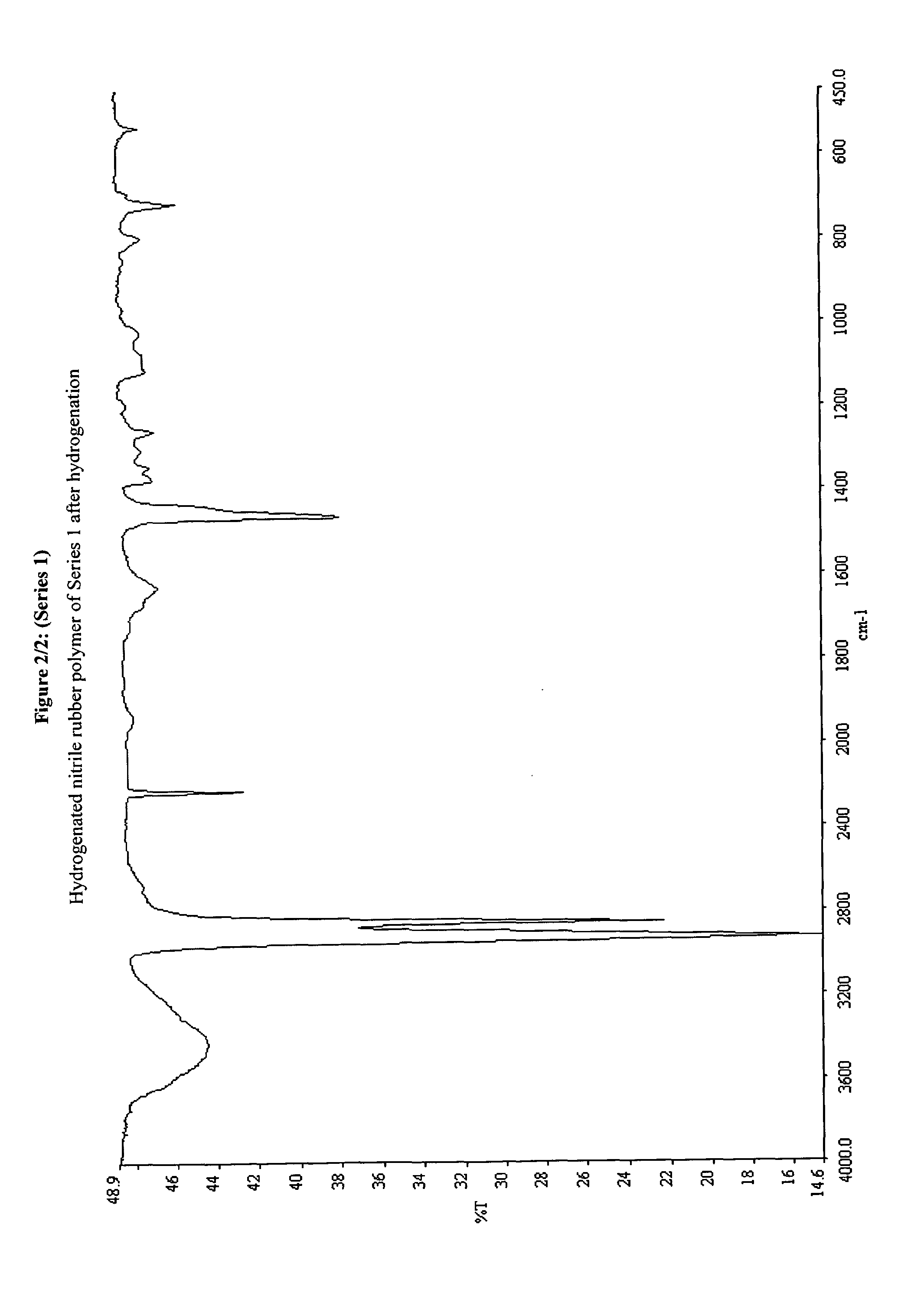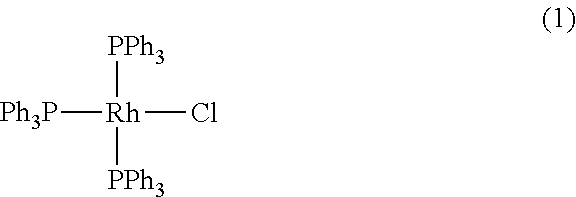Ruthenium-based complex catalysts
- Summary
- Abstract
- Description
- Claims
- Application Information
AI Technical Summary
Benefits of technology
Problems solved by technology
Method used
Image
Examples
examples
[0225]In the following IMes2 is used as an abbreviation of a 1,3-bis(2,4,6-trimethylphenyl) imidazoline ligand, SIMes2 is used as an abbreviation of a 1,3-bis(2,4,6-trimethylphenyl)-2-imidazolidine ligand and Im is used as an abbreviation for imidazole.
General Procedures:
[0226]Manipulations were done using standard Schlenk and glovebox techniques (O2 level 2 as inert gas), unless noted differently. Solvents, namely CH2Cl2, Et2O, THF, toluene, and hexane, were used in dried form and stored under N2. RuHCl(PPh3)3 was prepared according to a modified literature procedure (J. Mol. Catal. A: Chem. 2006, 259, 17-23) where EtOH was replaced with sec-BuOH.
A Synthesis of Ligands and Catalysts
A.1 Synthesis of [(CH3OCH2CH2)2Im]Cl (1)
[0227]Chloromethylethylether (5.0 mL, 54.9 mmol) was added to a solution of trimethylsilylimidazole (2.229 g, 15.892 mmol) in toluene (5 mL). The mixture was refluxed in the dark for 72 h during which two layers formed. The top layer was syringed off and discarded....
PUM
 Login to View More
Login to View More Abstract
Description
Claims
Application Information
 Login to View More
Login to View More - R&D Engineer
- R&D Manager
- IP Professional
- Industry Leading Data Capabilities
- Powerful AI technology
- Patent DNA Extraction
Browse by: Latest US Patents, China's latest patents, Technical Efficacy Thesaurus, Application Domain, Technology Topic, Popular Technical Reports.
© 2024 PatSnap. All rights reserved.Legal|Privacy policy|Modern Slavery Act Transparency Statement|Sitemap|About US| Contact US: help@patsnap.com










